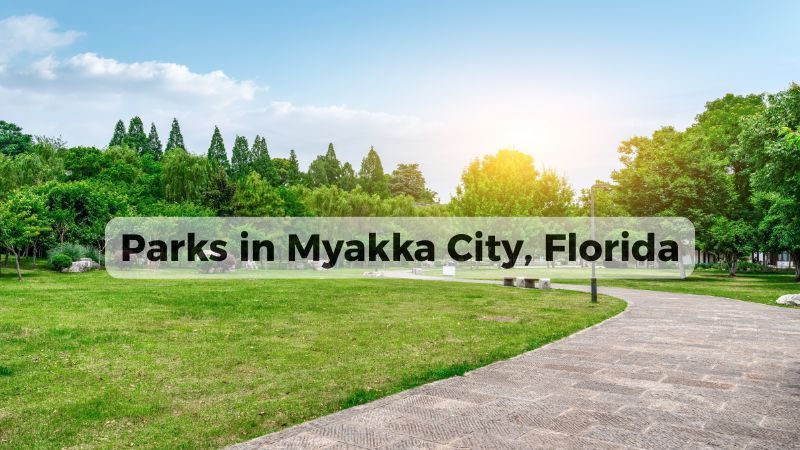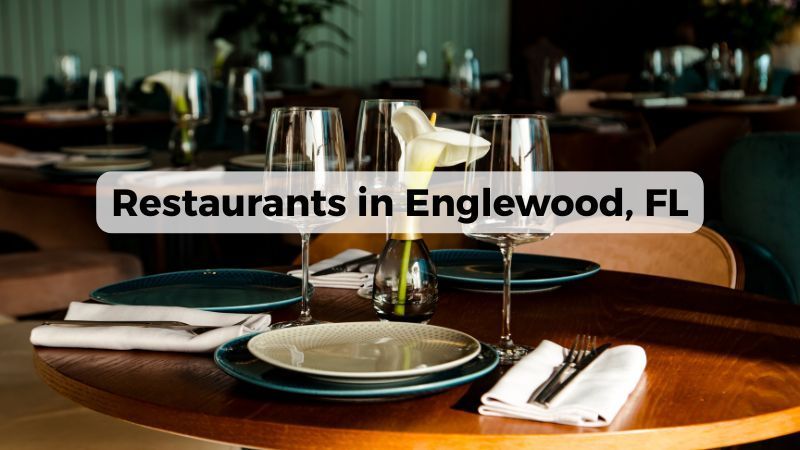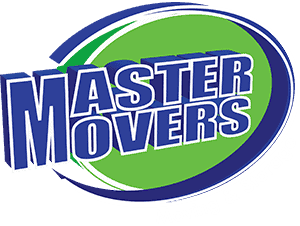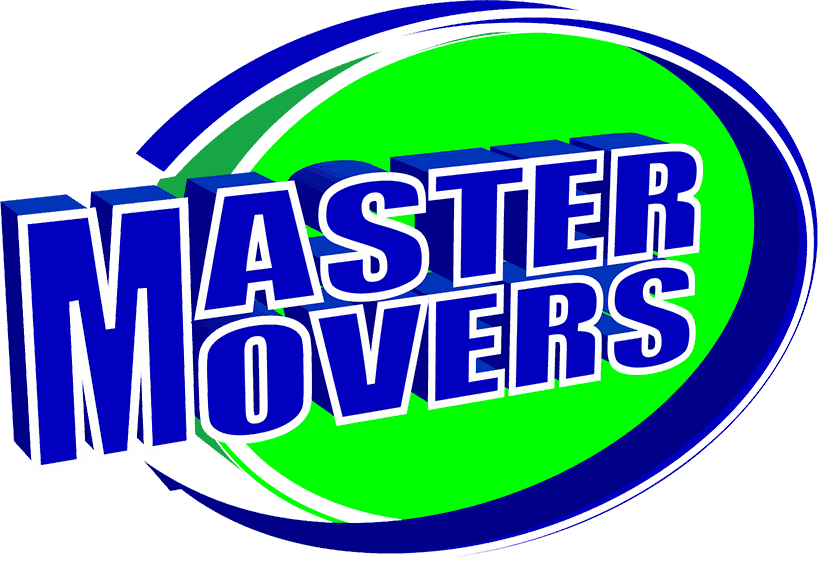Effective Packing Methods
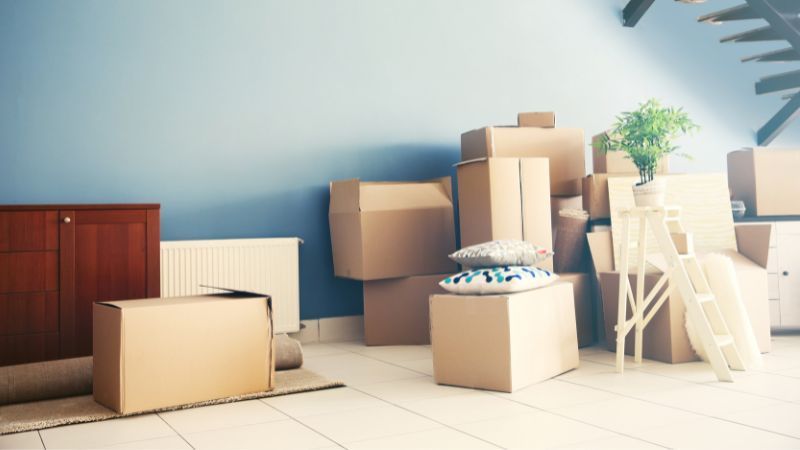
Moving homes can be one of life's most exciting yet stressful events. It's not just about relocating your belongings from one place to another; it's about starting a new chapter. That's where Master Movers "Movers With Manners", a moving company located in Venice, FL specializes in turning the chaos of moving into a seamless, stress-free experience. From packing delicate items with precision to ensuring every box reaches its destination safely.
Understanding the Packing Process
The process of packing your belongings for a move is akin to assembling a complex puzzle. It requires strategy, foresight, and organization. An organized packing process not only safeguards your items during transit but also facilitates a smoother unpacking experience at your new home. Why is an organized approach beneficial? For starters, it can drastically reduce the chance of damage to your belongings, minimize the stress commonly associated with moving, and ultimately save you time and money. By adhering to a structured packing plan, you can ensure that no item is forgotten, and everything has its designated place.
Pre-Packing Essentials
Before diving headfirst into the packing process, it's critical to lay the groundwork for what's to come. Think of this stage as the blueprint for a successful move. Preparing mentally and physically can significantly lighten the load, both literally and figuratively.
- Mental Preparation: Begin by accepting that the process will consume time and energy, but with a clear plan in place, it's entirely manageable. Envision your new space and consider how you want to organize it. This vision can guide your packing strategy, helping you decide what to take along and what may no longer serve a purpose in your life.
- Physical Preparation: Start with a thorough assessment of your belongings. Room by room, make an inventory of items you intend to move. This step is crucial for acquiring the right amount and type of packing materials, which Master Movers can provide. Additionally, set aside a dedicated packing area in your home where packed boxes can be stored until moving day. This area will serve as your packing "command center," keeping your supplies and boxes organized.
Creating a Customized Packing Timeline
Timing is everything. Crafting a personalized packing timeline can alleviate the rush and chaos often experienced in the days leading up to a move. Ideally, your timeline should begin at least eight weeks before your move date, segmenting tasks into weekly objectives.
- Weeks 8-6: Focus on sorting and decluttering. Deciding what to keep, sell, donate, or discard during this period can significantly reduce the volume of items to pack.
- Weeks 5-3: Begin acquiring packing supplies. Order or purchase boxes, tape, bubble wrap, and markers. Start packing rarely used items such as out of season clothing and decorative pieces.
- Weeks 2-1: Increase your packing pace. Pack everything except essentials you'll need up until and immediately after the move. Confirm logistics with Master Movers, ensuring everything is scheduled and aligned.
- Moving Week: Pack your essentials box and finalize any last minute items. Review your inventory and ensure everything is labeled and ready for the move.
Sorting and Decluttering: Lightening the Load
Decluttering before a move is an essential step that many overlook. The less you have to pack, the quicker and cheaper your move will be. Here’s how to efficiently declutter:
- Categorize Your Items: Break down your belongings into categories (e.g., clothes, books, kitchenware), and tackle one category at a time.
- Follow the One-Year Rule: If you haven’t used something in over a year, it’s likely you won’t miss it. Consider selling, donating, or recycling these items.
- Be Ruthless: It’s easy to become sentimental about possessions. However, a move is a perfect opportunity to reassess what’s truly important. Keep what adds value to your life and part with the rest.
Gathering Supplies: What You Need
Securing the right packing supplies is a critical step in the packing process. The right materials not only make the job easier but also ensure your belongings are protected throughout the move. Here’s what you’ll need:
- Boxes: Invest in sturdy boxes in various sizes. Consider specialized boxes for items like books, dishes, and wardrobe pieces. Master Movers offers a range of box options tailored to your needs.
- Packing Tape: High quality packing tape is essential for securing boxes. Don’t skimp on tape; it’s what keeps your items safely enclosed during transport.
- Bubble Wrap and Packing Paper: For wrapping fragile items, bubble wrap offers excellent protection, while packing paper is great for filling gaps in boxes to prevent items from shifting.
- Markers and Labels: Clearly labeling each box with its contents and designated room will streamline the unpacking process. Consider color coding labels for each room for easy identification.
Room-by-Room Packing Strategies
Packing your entire home can feel overwhelming. A room by room approach breaks the process down into manageable tasks and helps keep items organized.
- Kitchen: Start with non essential items like china and rarely used appliances. Use plenty of padding for fragile items and label boxes as “fragile.” Pack plates vertically, as they’re less likely to break.
- Bedrooms: Begin with off season clothing and spare linens. Use wardrobe boxes for hanging clothes to make unpacking easier. Vacuum seal bags are great for compactly packing clothes and bedding.
- Living Room: Electronics require careful packing; original boxes are ideal, but bubble wrap and sturdy boxes will suffice. Wrap artwork and framed photos with padding and clearly label these boxes as “fragile.”
- Bathroom: Dispose of expired products and pack essentials separately. Seal caps with tape to prevent leaks and pack these items in plastic bags before boxing.
Specialty Items: Handling With Care
Some items require specialty service during the moving process. Whether it’s family heirlooms, fine art, or electronic equipment, these tips can help ensure their safety:
- Art and Antiques: Wrap pieces in bubble wrap and secure in sturdy, size appropriate boxes. Consider custom crating for highly valuable items.
- Electronics: If possible, pack electronics in their original boxes. Otherwise, use anti static bubble wrap to prevent damage from electrostatic discharge.
- Musical Instruments: Loosen strings on stringed instruments to relieve tension and wrap instruments in soft padding. Use hard cases when available.
Labeling Tips for Efficiency
Proper labeling is a game changer in the moving process, transforming unboxing from a chaotic treasure hunt into a smooth transition. Follow these labeling tips for maximum efficiency:
- Be Detailed: Instead of just naming the room, add a brief description of the contents. For instance, “Kitchen Pots and Pans” tells you exactly what’s inside, making unpacking and finding what you need easier.
- Color Coding: Assign a color to each room and use colored stickers or markers on boxes accordingly. This visual system speeds up the unloading process, ensuring boxes go directly to their designated spaces.
- Number Each Box: Keeping a numbered list that details the contents of each box provides an extra layer of organization and helps in tracking if any box goes missing.
- Mark Fragile Items: Clearly label boxes containing fragile items on multiple sides of the box to ensure they're handled with care during the move.
Packing an Essentials Box
The essentials box is your "first night" kit; it should contain everything you might need for the first 24 to 48 hours in your new home. This box should be clearly labeled and loaded last, so it's the first box you unload. Here’s what to include:
- Toiletries: Toothpaste, soap, shampoo, towels, and toilet paper.
- Basic Tools: Scissors, screwdrivers, can opener, and a flashlight.
- Kitchen Essentials: A few dishes, cups, utensils, and a kettle or coffee maker.
- Clothing and Comfort: Change of clothes, pajamas, and bed linens.
- Important Documents: Passports, lease or house documents, and moving paperwork.
- Medications: Any prescription medications, first aid kit, and pain relievers.
Optimizing Your Packing Workflow
Efficiency is key when packing for a move, and there are several strategies to maximize your workflow:
- Batch Packing: Group similar items together before packing. This method not only speeds up the packing process but also makes unpacking more organized.
- Use What You Have: Suitcases, baskets, and bins can transport items just as well as boxes and can save on packing material costs.
- Packing Stations: Set up a few stations with all your packing supplies in one spot. This prevents the need to move back and forth, searching for tape or scissors.
- Delegate Tasks: If you’re not moving alone, divide tasks among household members according to their ability. Even children can help by packing their toys or books.
Last-Minute Packing Tips
Even with meticulous planning, the final days before a move can still be hectic. Here are a few last minute strategies:
- Essential Services: Confirm the disconnection and reconnection dates for utilities at your old and new homes.
- Personal Bag: Pack a personal bag with clothes, toiletries, and essentials for each family member, similar to what you'd pack for a short vacation.
- Charger Box: Keep all electronic chargers in one, easily accessible box. This will save you the hassle of rummaging through boxes when your phone or laptop needs charging.
Ending Your Packing Journey
As we conclude this guide, remember, the key to a smooth packing and moving experience lies in planning and organization. With
Master Movers by your side, offering packing solutions and moving services tailored to your needs.
Our Latest Blog
